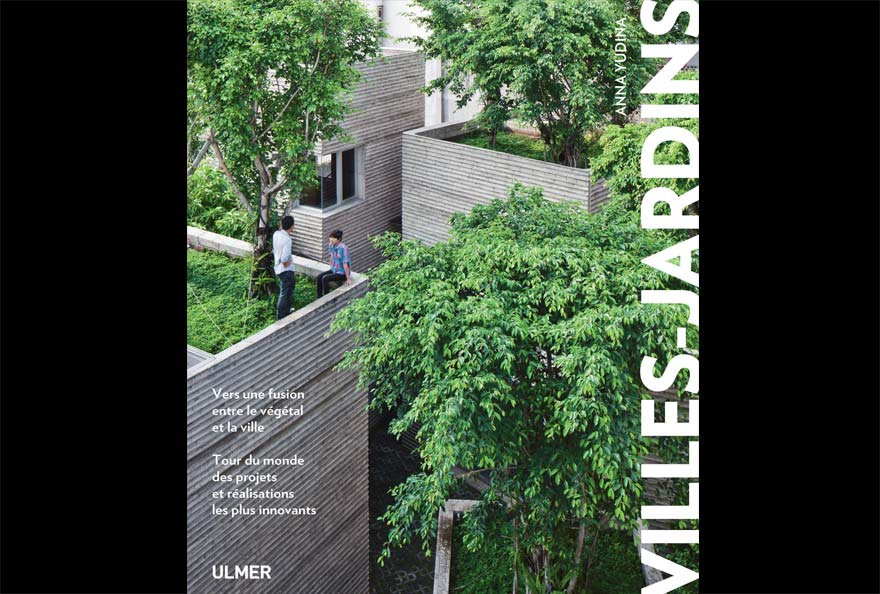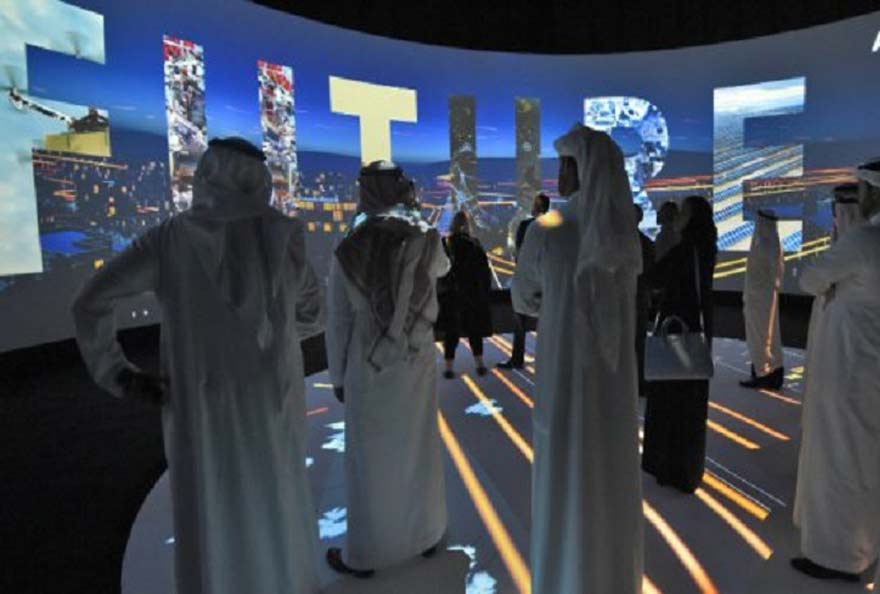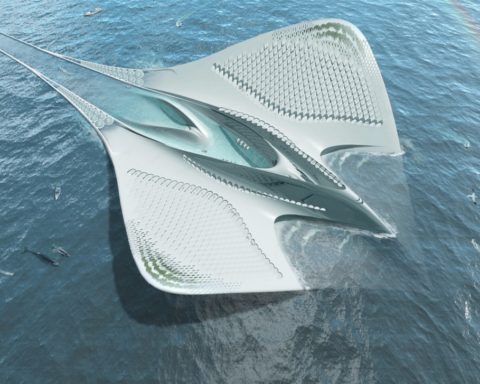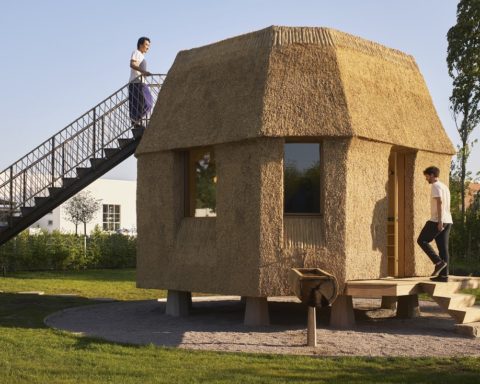Can you make a house with all the rooms the same? What is the status and significance of the room in the history of architecture? What relevance can this mode of composition have in the contemporary world? How can the room change its status to enter the field of space? How can permanent elements of architecture have radically different statuses over time? Is there a link between form and function? Can an architecture be anti-contextual?
Aith questions for Eric Lapierrearchitect, teacher, author (1), Commissioner General for the next Lisbon Architecture Triennial in 2019 (2), through his realization of the house in Combray, consisting of sixteen identical rooms. A house that the geometrical identity of the rooms that make it up brings it closer to the traditional houses of the central Pyrenees in which it is built. On October 4th, Eric Lapierre gave a lecture in the Room Stories Lecture Series at the Pavillon de l'Arsenal. He presented his "Collector's House" from Combray.
Architecture is as much an art of time as it is an art of space", Eric Lapierre
Three of the sixteen rooms of the house are real outdoor rooms that double the indoor functions: it becomes possible to cook, eat or sleep under the walls but under the sky. These three rooms allow you to enclose from the outside in, and offer a renewed experience of the modern interior/exterior continuum, within the compact confines of a clearly delineated volume.
The walls are all the same thickness, and the bays are all the same size and proportion, as most commonly used in classical paintings of vertical formats to unconsciously reinforce the picturesque character of the whole: everything is the same to be phenomenologically more different.
The identity of all the architectural elements makes it possible to magnify the changes in the atmosphere of the different rooms, whether they are due to the quality of natural light, the location of a room in the ensemble, or the furnishings of these design collectors.
The interest is also to make all these pieces identical to show how different they are. For example, some rooms, at a given time, are directly lit by the sun, so those on the opposite facade are in shadow. And when you go from one to the other, the one in the sun looks much bigger. The movement of the sun, the quality of the light is therefore staged; and the house also makes it possible to highlight the fact that looking at a forest or the infinite on the Pyrenees, or looking at the cornfield at the back in a very close vision, changes everything, and takes on a stronger intensity because all the other parameters are the same: one is not distracted by a new spatial experience. Against the background of this monotony, everything else stands out much more strongly. "Eric Lapierre - Interview Public Detective, 2013
The inside of the rooms is covered with rough plaster; the outside walls, built with the masonry blocks typical of ordinary contemporary buildings, are covered with a thin layer of white, glossy sealing resin, which leaves all the fittings visible. The image of the building will thus oscillate between that of an unfinished building site painted white and that of a ceramic object of extraordinary proportions laid on the ground.
{dailymotion}/x64shq1{/dailymotion}
(1) Author of books on contemporary architecture, Eric Lapierre is the author of the Guide d'architecture de Paris 1900-2008, published in 2008 by Pavillon de l'Arsenal.
(2) The fifth edition of the Lisbon Architecture Triennial will question the specificity of architectural rationality.
Next lecture by Eric Lapierre Les Entretiens de Chaillot " Surrationalism " on Monday 13 November 2017 at 7pm
Auditorium - 7 avenue Albert de Mun - Paris 16e (M° Iéna or Trocadero)
Registration is mandatory, free entry within the limit of available places.
Photo: Combray's house ©Eric Lapierre

could we make a house with all the rooms the same? What is the status and significance of the room in the history of architecture? What relevance can this mode of composition have in the contemporary world? How can the room change its status to enter the field of space? How can permanent elements of architecture have radically different statuses over time? Is there a link between form and function? Can an architecture be anti-contextual?












